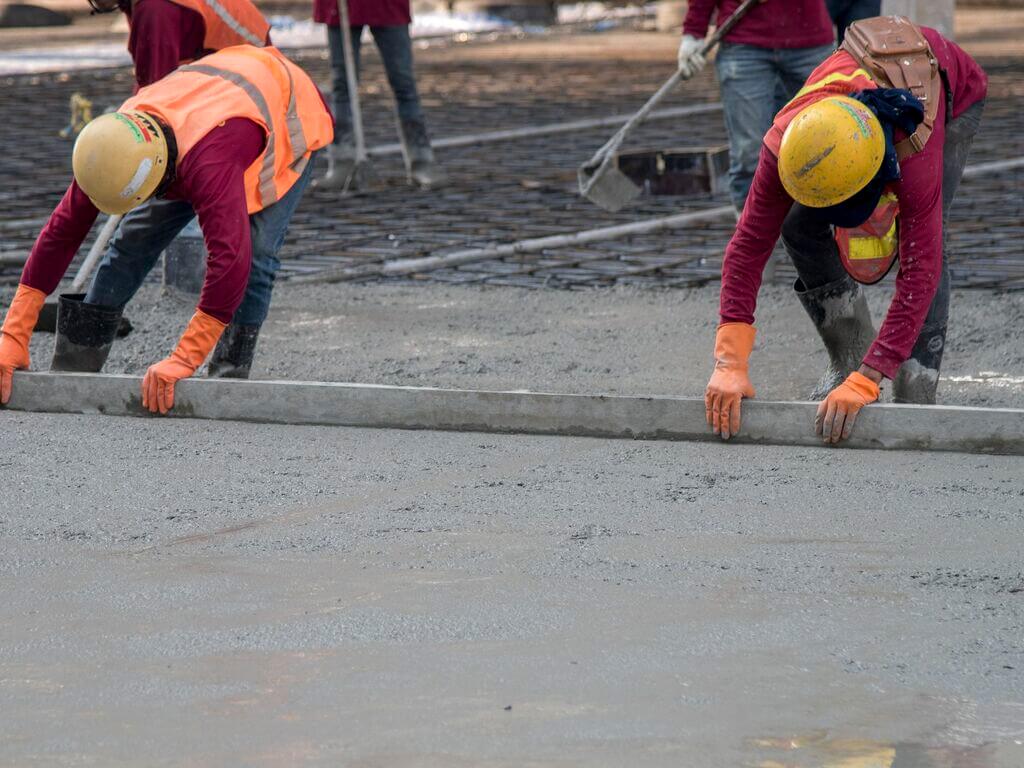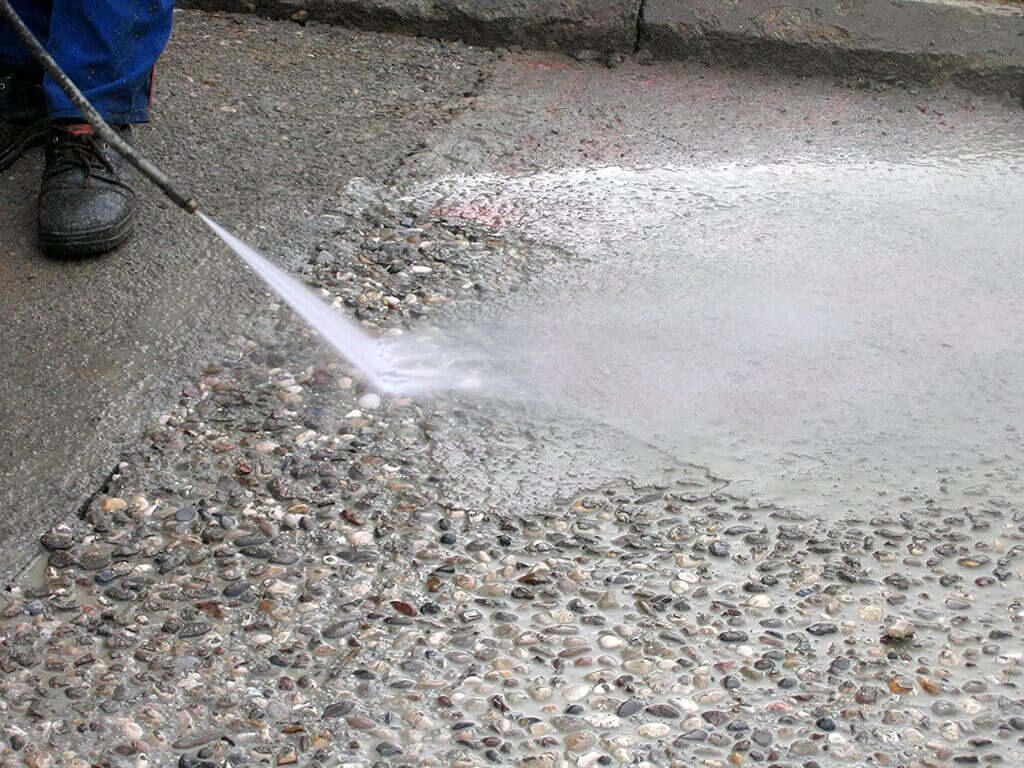Are you struggling with surface voids on your concrete structures? No doubt, every concrete producer desires to have concrete surfaces with zero defects. Such a surface is admirable and attractive. However, this is not always the case. Issues arise during the concrete pouring process and surface voids become a norm.
Also known as pitting or bug holes, Surface voids on your concrete have a disappointing effect on your concrete structure. The small holes forming on the surface makes the structure unappealing and unattractive.
Fortunately, you can change the aspect and get that desirable smooth surfaced voids on your concrete. But how is this possible? Here are some powerful tips for preventing surface voids on your concrete:
Ensure You Have the Correct Viscosity

Surface voids occur when your concrete traps some air. As the concrete settles, the air finds opportunity to get out leading to bubbling that pop up and leave some holes on the surface. You can reduce the chances of air trapping in your concrete by changing your mixing design. This aspect requires the selection of the right viscosity.
Getting the right viscosity when pouring or placing your concrete will reduce the chance of air trapping. By foxing this aspect, your concrete will have zero bubbling which will solve the surface void problem.
Increase the Mixing Times
Another approach to deal with surface voids is increasing the mixing times. Extend the time you use to mix the concrete. This approach helps to separate water and allow releasing of the trapped air.
The process enhances the breaking up of water and air in your mixture. By the time you are placing the concrete mixture, no air will be left. This way, you make your concrete surface void-free.
Use Vibration Tools

Probably, you have seen construction workers having a vibrator during constructions. You sometimes wonder what the role of such tools is. Also, you may have heard some noise of vibrating tools in use on construction projects. You wonder why they are using such noisy tools for simple tasks.
If you didn’t know, vibrators play a crucial role. They are the powerful tools behind the soft and admirable concrete structures you always love. A good concrete builder like Top Coat Concrete always use a vibrator to eliminate surface voids. The vibrator helps to break up water and air trapped inside the concrete mix. This way, no bubbling or holes will form on the surfaces.
Pick the Right Releasing Agent
Nothing can be more disappointing in your concrete surfaces than the presence of voids. One of the causes of this is that failing to choose the right releasing agent comes with detrimental effects on your concrete surface. A releasing agent plays a crucial role in ensuring no air and water remain trapped on your concrete mixtures.
A bad agent leads to puddling which traps air and water. Even if you use a vibrator, the air and water will not break up. The result will be bubbling as air tries to escape during the settling face leading to surface voids. No one would like such an experience.
If you must use a releasing agent, you should always apply it thinly. Only use a small amount to avoid puddling. Using the right quantity of releasing agents is crucial. With the right amount, your concrete will release the remaining air during the vibration or pouring phase. So, no surface voids will appear.
Choose the Right Concrete Placing Method

The placing method you use can be another reason why your concrete surface has those ugly small bug holes. There are different methods that architects use in placing concrete panel. These options differ in their application and pouring rates. For this reason, the method you use when placing the concrete matters. Your pouring rate determines the surface void possibilities.
When you pour the concrete at a high speed, you push a lot of air into the surface. This will mean that the air will try to escape later and voids will be the real deal. A slow rate reduces air trapping chances. No encased air will go to your surface. This way, your concrete surface will be smooth and attractive.
Wrapping Up
As you can see, you can avoid those ugly surface voids in your concrete structures. Surface voids always make your concrete structure unattractive. But you can deal with or avoid them. The only way to achieve it is by reducing the chances of encasing or trapping air during the pouring and mixing phase.
By eliminating surface voids, you will not need to invest in concrete crack fillers. This way, you will save your construction costs and have an attractive concrete structure.
Read more:-

